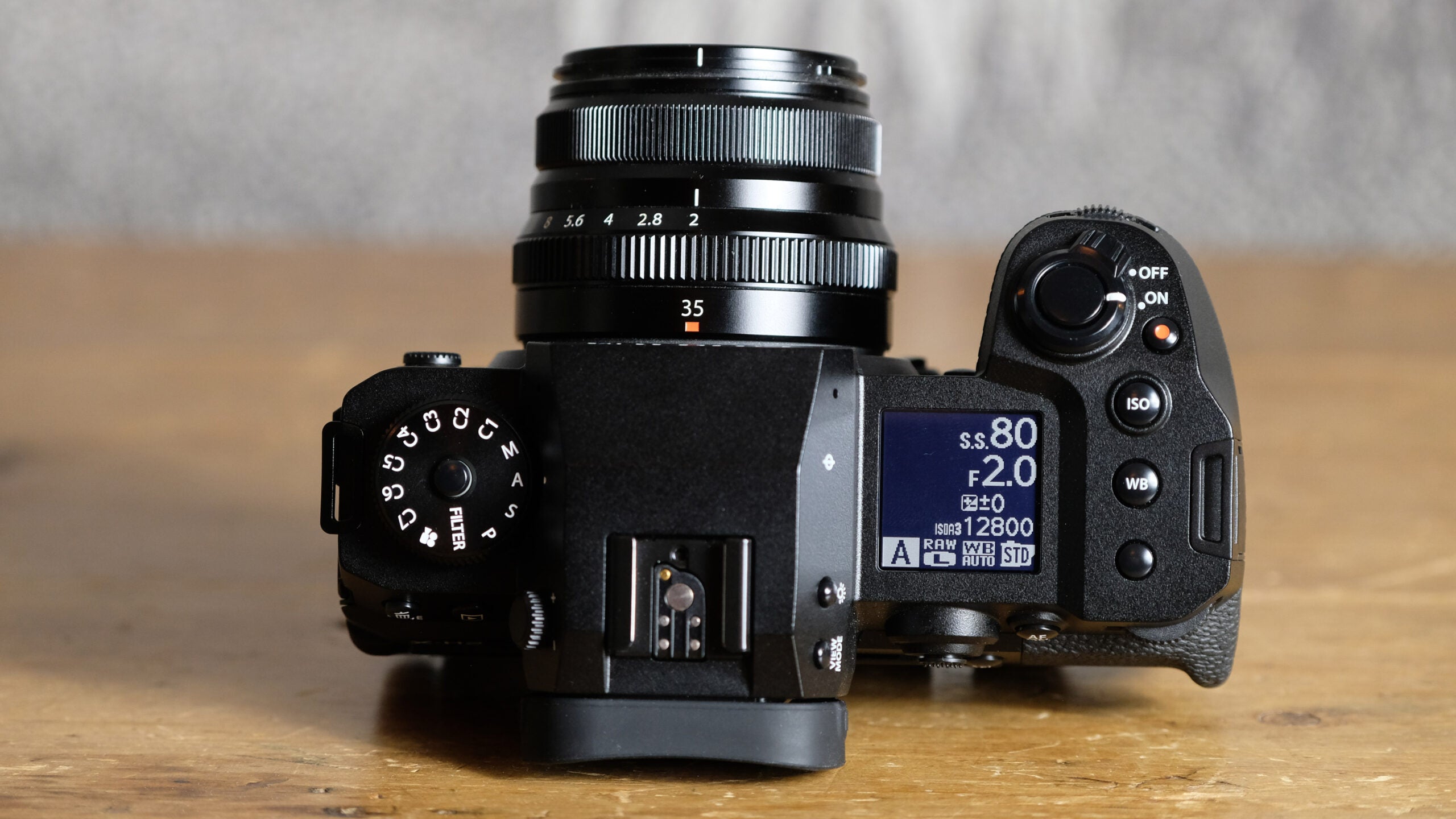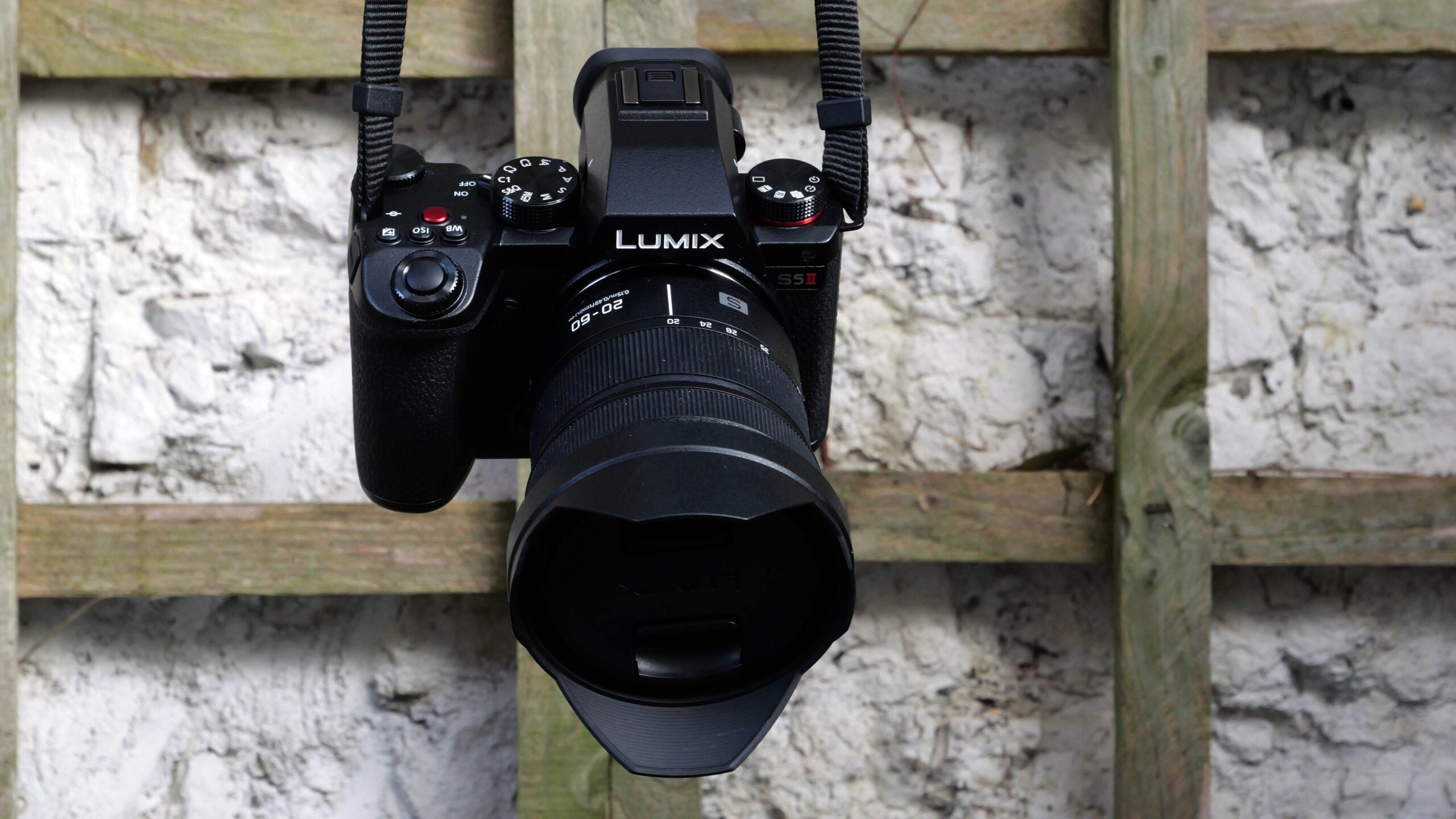Fujifilm X-T4 vs X-T5: What’s changed?
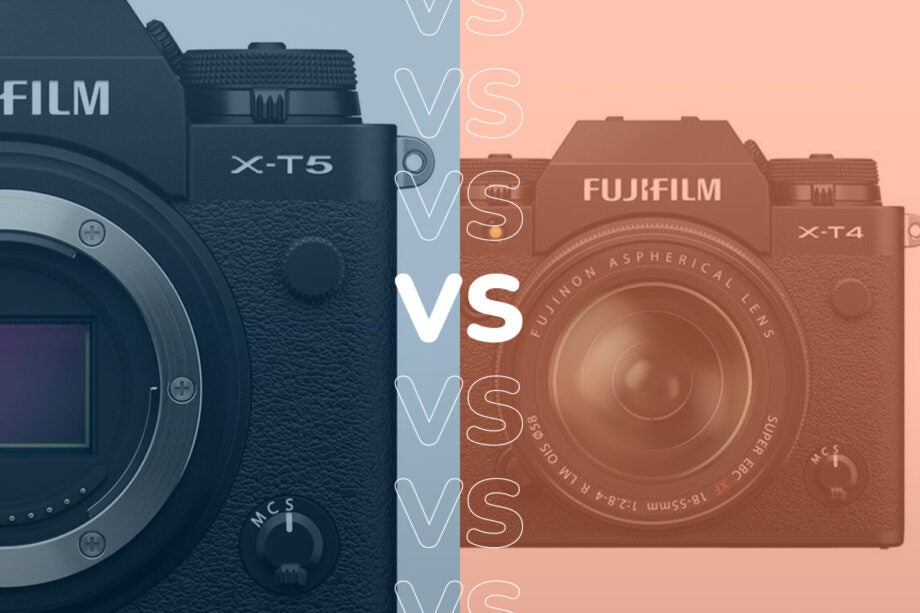
Fujifilm recently announced the launch of the X-T5, but how does it compare to 2020’s X-T series camera, the Fujifilm X-T4?
This time around, Fujifilm has decided to take more of a stills-first approach with the series, leaving its hybrid ambitions for the X-H2 and the X-H2S.
Aside from this, there are plenty of upgrades to be found on the X-T5, along with the usual retro design and controls that many photographers love.
Below you’ll find all the major similarities and differences between the X-T5 and the X-T4, which should make choosing between them a little easier.
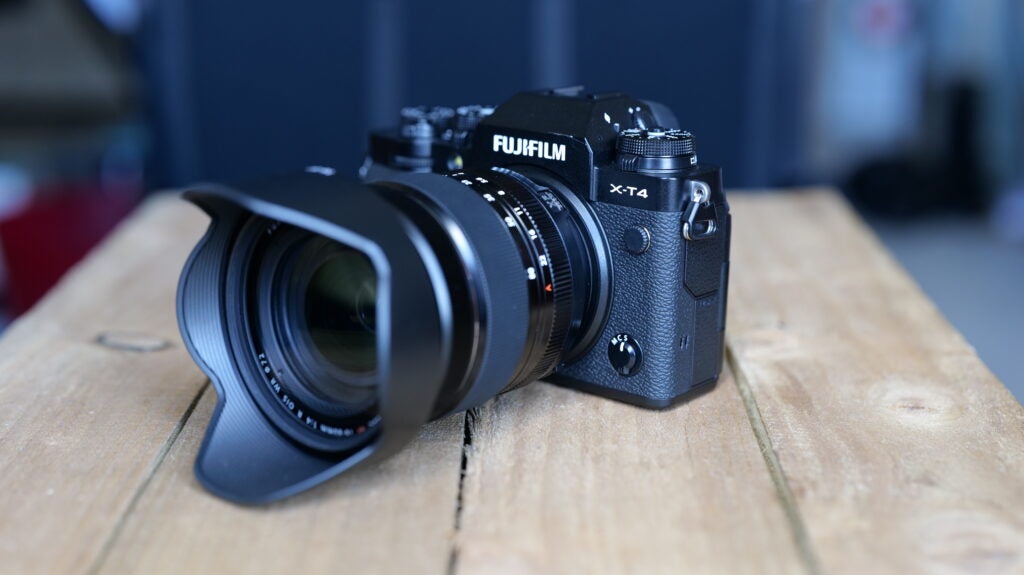
Pricing and availability
The Fujifilm X-T5 will be available to buy from November 17 2022 and is priced at $1699/£1699 for the body only.
The X-T4, meanwhile, launched in April 2020 at a price of $1699/£1549. This makes it £150 cheaper in the UK with prices likely to drop over time as the X-T5 takes its place at the top of the line.
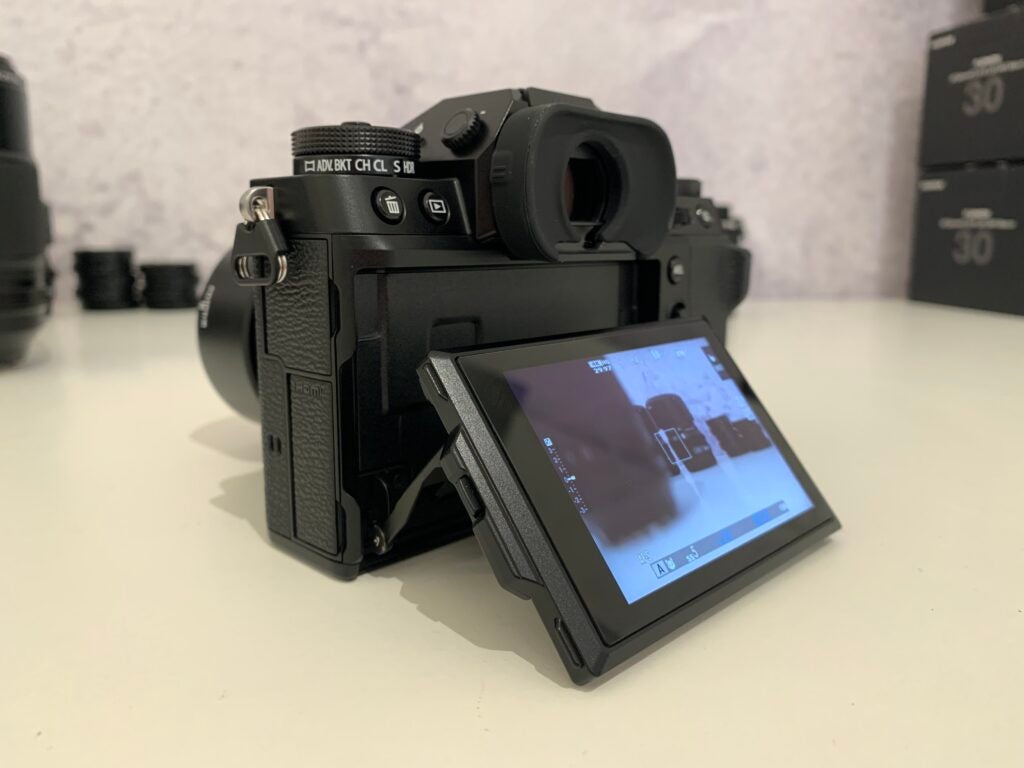
Design and display
One of the most popular and unique qualities of the X-T series is its retro look and dials, offering a good amount of manual control without overwhelming the camera with too many buttons and switches.
The X-T5 shares this same aesthetic but in a slightly smaller, 50g lighter package which aims to emulate the size and portability of the original X-T1.
The two cameras share the same weatherproofing and the same dual memory card slots, but the ports have been swapped out in an effort to keep the X-T5 svelte. This means you’ll need to use Micro HDMI instead of full-size HDMI and an adapter instead of a 3.5mm headphone jack on the newer camera.
The 3.69m electronic viewfinder has gone from 0.75x magnification to 0.8x on the X-T5, but it’s the monitor that has seen the more dramatic change.
Fujifilm has traded in the 3-inch vari-angle LCD display on the X-T4 for a 3-inch 3-axis tiltable LCD screen, meaning you can no longer flip the screen out to vlog or take selfies easily.
However, the screen has seen a boost in resolution on the X-T5 from 1.62m dots to 1.84m dots, meaning it has seen an upgrade in this regard. However, whether or not you prefer the 3-axis screen over the articulating one will be down to personal preference.
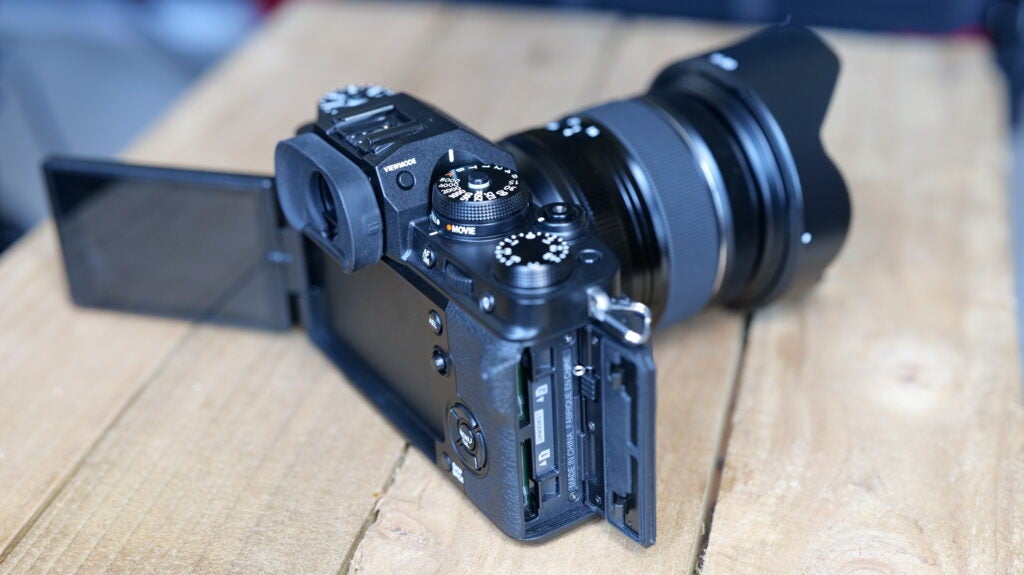
Specs and features
The X-T5 includes a number of upgrades when it comes to specs and features.
This includes an upgrade from the 26.1MP X-Trans CMOS 4 sensor to the higher-resolution 40.2MP X-Trans CMOS 5 HR sensor that arrived in the X-H2 earlier this year.
The image processing engine has also been bumped up from the X Processor 4 to the X Processor 5, giving the X-T5 a 20% increase in battery life. This means that, where the X-T4 is good for 600 frames, the X-T5 can go as high as 740.
Where the X-T4 had an ISO range of 160-12800 (80-51200), with ISO125 being an extended level of sensitivity, the X-T4 has a range of 125-12800 (64-51200), meaning ISO125 is now standard.
The X-T5 features the same 5-axis, 7-stop image stabilisation found in the X-H Series, where the X-T4 was limited to 6.5 stops of IBIS.
The X-T5 also includes more phase-detection AF points than the X-T3 and has a new subject detection AF algorithm, which allows it to detect animals, birds, cars, motorcycles, planes and trains.
However, where both cameras shoot at 15fps with the mechanical shutter, the X-T5’s electronic shutter is limited to 20fps making it slower than the X-T4’s 30fps. That said, both are slower than the X-H2S, which can reach 40fps with the electronic shutter making it the best choice here for high speed photography.
You can find a full spec comparison of the two cameras in the table below:
Spec comparison
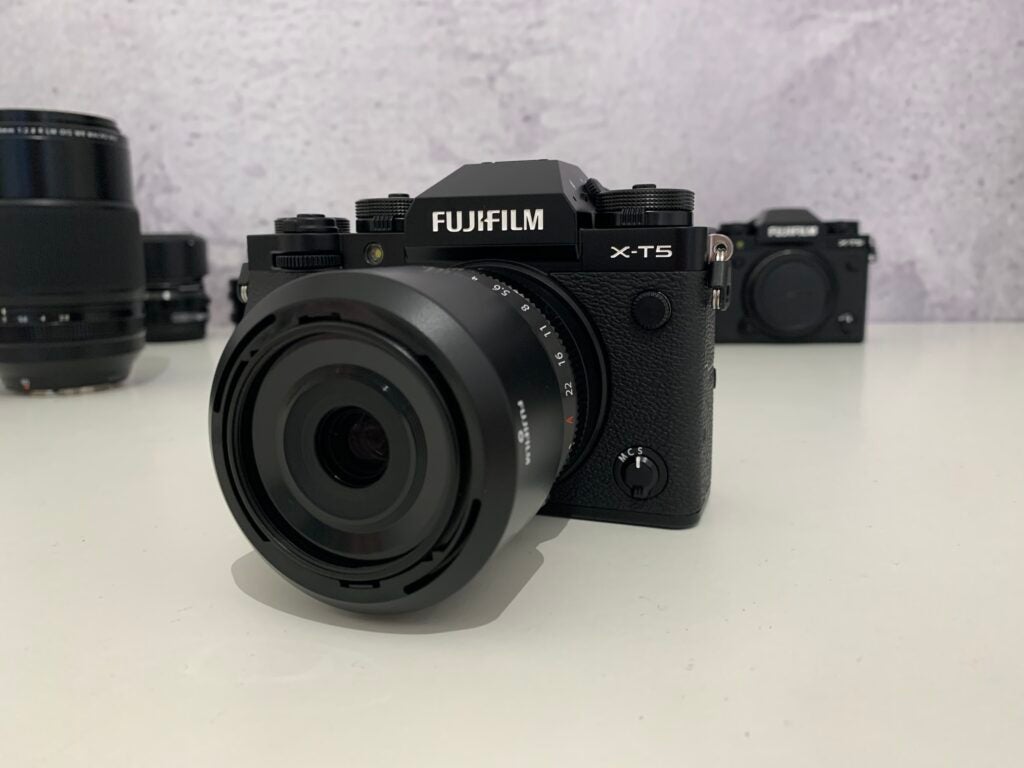
Image and video quality
Moving onto the performance and the X-T4 is capable of capturing 26-megapixel images or recording 10-bit 4:2:0 video at up to 4K/60p.

Reviewer Jon Devo found every frame he captured to be rich in tone and detail, regardless of whether he shot in good light or low light. He also enjoyed the wide range of film simulation modes that have made their way over to the X-T5 this year, as well.
The X-T5 is capable of snapping 40-megapixel stills, but it can actually go as high as 160-megapixels with its new Pixel Shift Multi-Shot feature, which works by capturing multiple RAW photos and combining them into one higher-resolution image.
The camera can also record 10-bit 4:2:2 video at up to 6.2K/30p (though this is cropped) or 4K/60p.

In our first impressions review, we found photos shot with X-T5 to be sharp and detailed with a good amount of saturation and contrast. However, we only spent a limited amount of time with the camera, so you’ll need to wait for our full review to read our final verdict on the camera’s photo and video performance.
Early Verdict
While the X-T5 may look identical to the X-T4, it actually marks a major shift for the X-T series as the camera steps away from the hybrid game to offer something that focuses more on delivering fantastic stills in a slightly more streamlined and portable package.
If you want the latest specs, go for the X-T5. If you plan on capturing as much video as images, the X-T4 – or the X-H series – will be a better choice.


